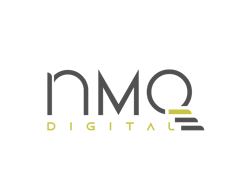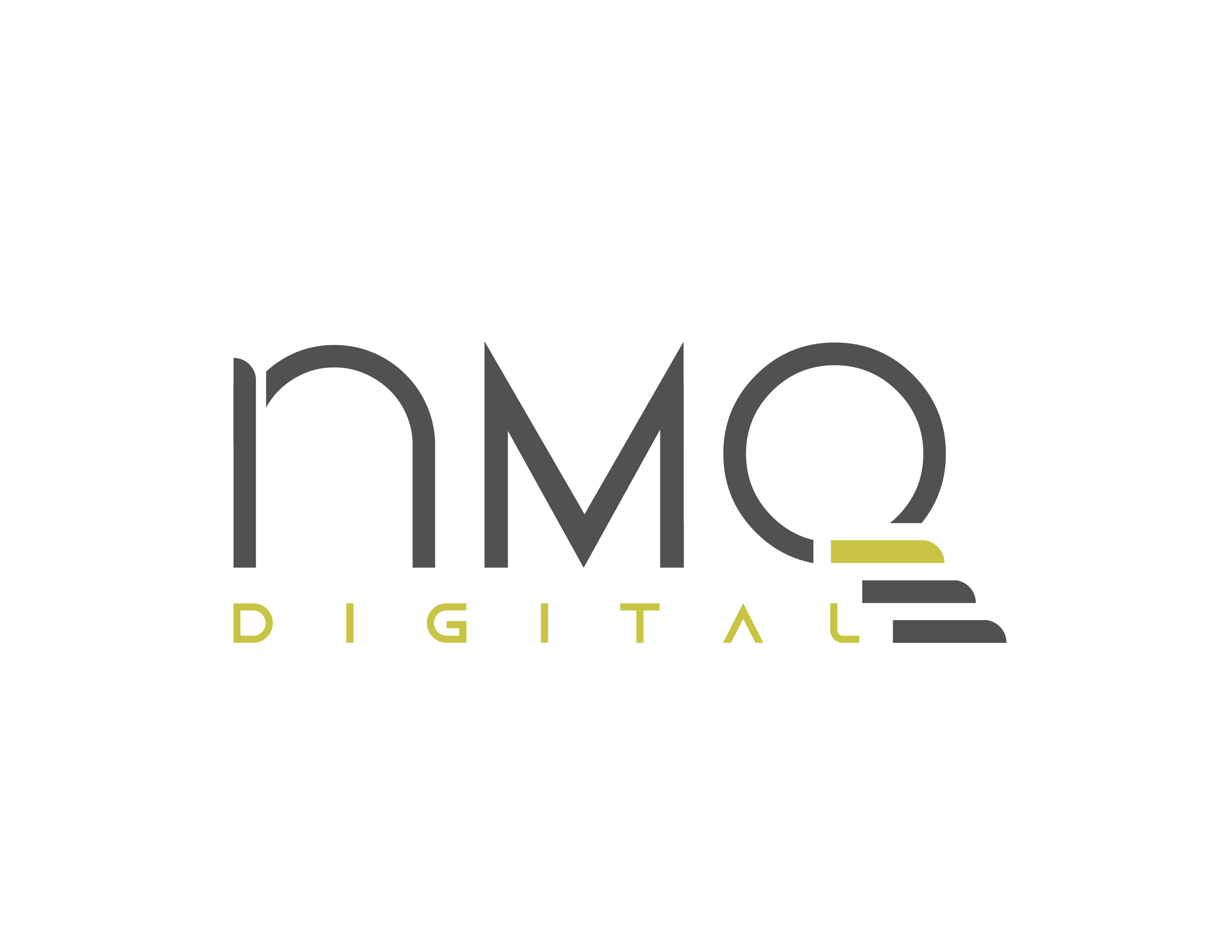In the ever-evolving landscape of digital marketing, achieving high visibility on Google and other search engines is paramount for online success. On-page optimization stands as the foundational cornerstone of any effective SEO strategy, serving as the bedrock upon which websites can establish their relevance and credibility in the eyes of search engines.
On-page optimization involves fine-tuning various elements within a webpage to enhance its search engine friendliness and user experience. From crafting compelling meta tags to optimizing content structure and ensuring seamless navigation, on-page optimization is a comprehensive approach that requires a deep understanding of search engine algorithms and user behavior.
In this article, we’ll review some of the most important key steps to perform an effective on-page optimization process:
- Keyword Research
- Title Tag Optimization
- Meta Description Creation
- URL Structure
- Header Tags
- Keyword Placement in Content
- Quality Content Creation
- Image and Multimedia Optimization
- Internal Linking
- External Linking
- Mobile Optimization
- Schema Markup Implementation
- Social Media Integration
1. Keyword Research
Exploring keywords is like peeling an SEO onion— it's about finding the right phrases that make your content shine. Tools like Google Keyword Planner, Google Trends or SEMrush can help you identify the search terms that matter. With these carefully selected keywords, you can enhance your content and increase its chances of appearing where your audience searches.
Let's explore the ins and outs of keyword research and discover the steps to boost your content's search engine performance.
-
Understanding your business and audience: Understanding your business and audience is important when conducting keyword research as it lays the foundation for an effective SEO strategy. By comprehensively grasping the nature of your business, its offerings, and its goals, you can identify relevant keywords that accurately reflect what you offer.
-
Brainstorming seed keywords: Brainstorming seed keywords is a critical step in keyword research as it serves as the initial building block for identifying relevant search terms. Seed keywords represent the core concepts and topics associated with your business, products, or services.
-
Using keyword research tools: Utilizing a keyword research tool is essential for maximizing the effectiveness of your keyword research efforts. These tools, such as Google Keyword Planner, SEMrush, or Ahrefs, provide invaluable insights into search volume, competition, and related keyword suggestions.
-
Evaluating keyword relevance: Evaluating keyword relevance is crucial during keyword research as it ensures that the selected keywords align closely with the content, products, or services offered by your business. Choosing relevant keywords enhances the likelihood of attracting qualified traffic to your website.
-
Checking search volume: Checking search volume is an important step in keyword research as it provides insights into the popularity and demand for specific search terms. Understanding search volume helps you prioritize keywords that have a higher likelihood of driving significant traffic to your website.
Also, considering keyword difficulty, exploring long tail keywords, performing a detailed competitor analysis, and doing continuous reviews and updates according to the new trends are essentials that are worth keeping in mind for a smooth and effective keyword research process.
2. Title Tag Optimization
Title tag optimization involves crafting a compelling and concise title for each web page, integrating the primary keyword, and ensuring it remains within 60 characters.
This practice aims to enhance visibility and user engagement in search engine results. Well-optimized title tags not only enhance click-through rates but also provide search engines with a clear indication of the page's content and relevance.
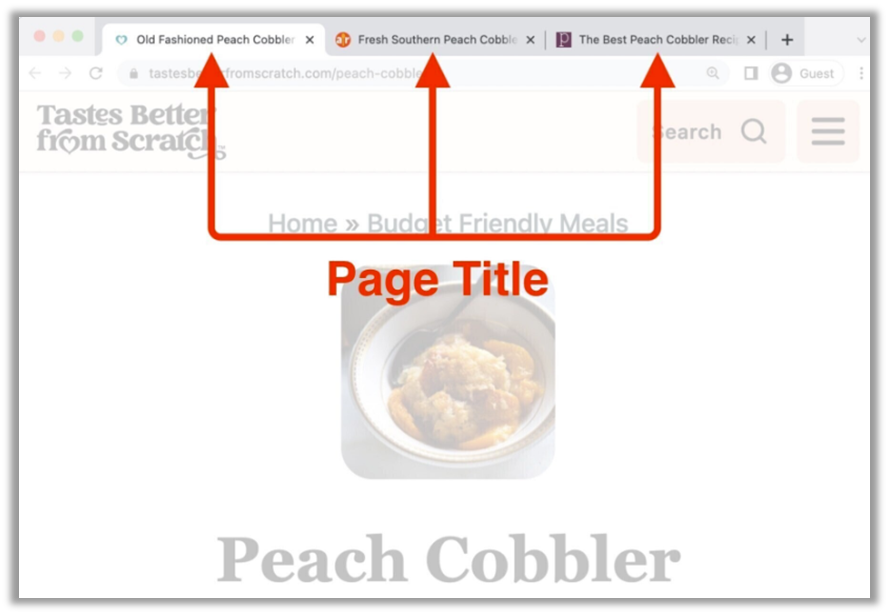
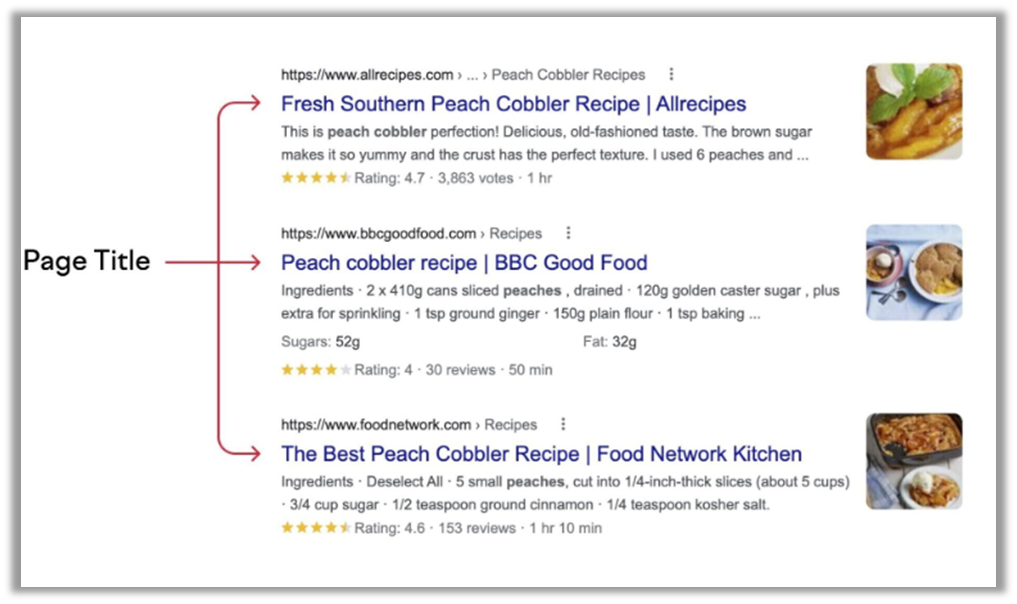
3. Meta Description Creation
Creating an engaging meta description is similar to writing an enticing teaser—it involves condensing the essence of your webpage into a brief snippet that leaves readers intrigued. Within a limit of 150-160 characters, you incorporate the primary keyword while providing a tempting preview of what lies ahead.
These small yet impactful pieces aren't solely about attracting clicks; they're an opportunity to highlight your page's importance and encourage users to explore further. Consider your meta description as your page's VIP pass—an enticing invitation that arouses curiosity and encourages interaction while assisting search engines in linking your content with user inquiries.
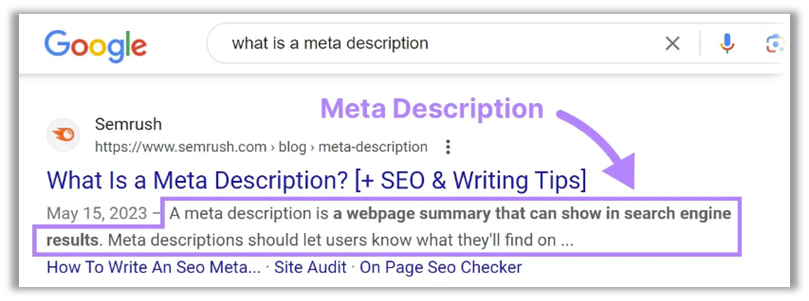
4. URL Structure
Understanding URL structure is not only essential for effective website navigation but also plays a pivotal role in on-page SEO.
A well-structured URL not only communicates the content and hierarchy of a webpage to both users and search engines but also contributes significantly to its discoverability and ranking in search results. By incorporating relevant keywords, maintaining consistency, and utilizing logical organization, you can optimize your URL structure to enhance the overall SEO performance of your website, thereby improving its visibility and attracting targeted traffic.
Hence, as a best practice, employ SEO-friendly URLs characterized by brevity, clarity, and inclusion of the primary keyword. When feasible, steer clear of dynamic parameters. This practice enhances readability, memorability, and search engine optimization, facilitating improved ranking within search results.
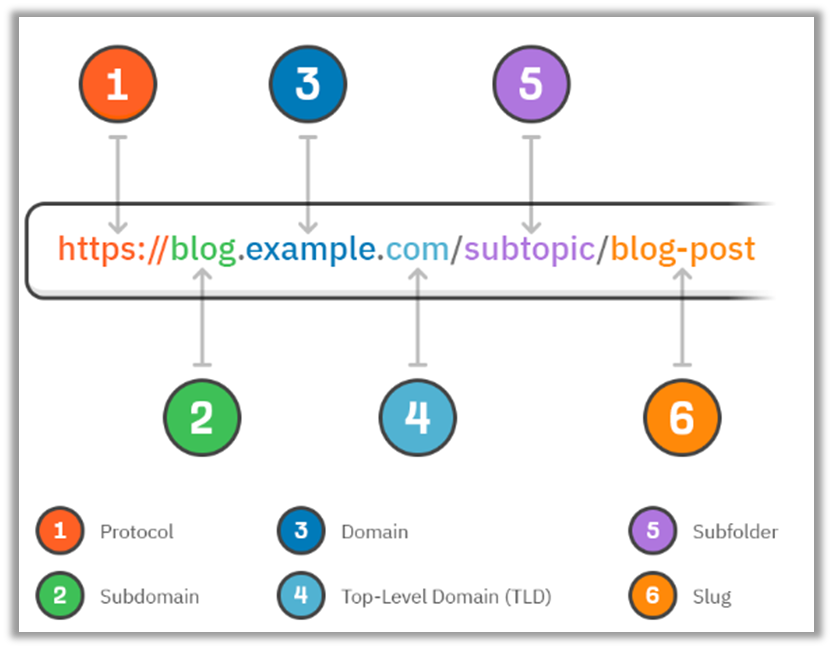
5. Header Tags (H1, H2, H3, etc.)
Header tags, such as H1, H2, H3, etc., are fundamental elements of an on-page SEO strategy with far-reaching implications for both user experience and search engine visibility.
These tags not only provide structure and hierarchy to your content, aiding readability and comprehension for visitors but also signal the importance of different sections to search engine algorithms.
By strategically incorporating keywords and organizing your content with clear and relevant headers, you can improve the overall SEO performance of your webpage, enhance its chances of ranking for targeted queries, and ultimately drive more organic traffic to your site. Understanding how to effectively utilize header tags is therefore essential for optimizing your website's on-page SEO efforts and achieving greater online success.
As a best practice, always organize your content systematically by employing header tags according to the best practice to delineate hierarchy. Primary titles should be designated with H1 tags, followed by subsequent subheadings utilizing H2, H3, and subsequent tags as necessary.
This structured approach enhances readability for both human users and search engine crawlers, facilitating clearer comprehension and navigation through your content.

6. Keyword Placement in Content
Carefully placing keywords in your content is like adding seasoning to a dish—it's about getting the right balance to appeal to both search engines and readers.
When you strategically include your main keywords in the text, especially at the beginning, it helps your content show up better in search results and stay relevant to what people are searching for.
But here's the catch: don't overdo it! Keyword stuffing, putting too many keywords, can spoil the flavor. Instead, focus on creating high-quality content that people enjoy reading—make it informative, interesting, and suited to what your audience likes.
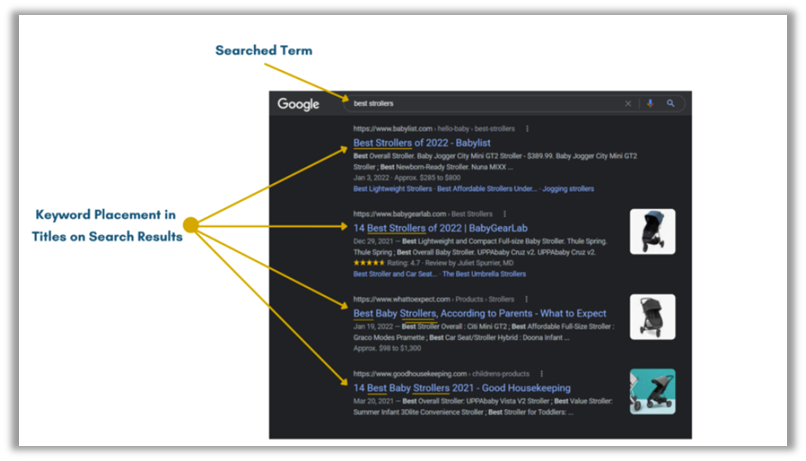
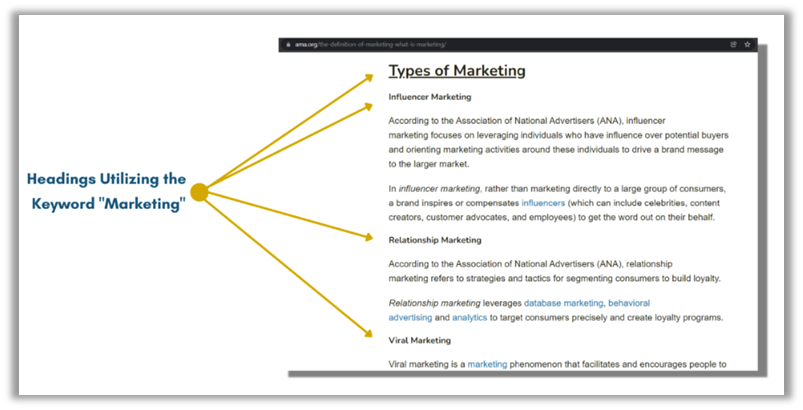
7. Quality Content Creation
Quality content creation is the cornerstone of a successful online presence, particularly in the realm of on-page SEO.
Crafting compelling and informative content not only engages and retains website visitors but also signals to search engines the relevance and authority of your webpage. By producing high-quality content that addresses the needs and interests of your target audience while incorporating relevant keywords and adhering to best practices in on-page optimization, you can significantly enhance your website's visibility, ranking, and overall performance in search engine results pages (SERPs).
Therefore, as a best practice, create content that is not only of high quality but also irresistibly captivating—an intellectual banquet that compels users to return for more. Think comprehensive, top-tier articles that dive deep into topics, answering questions users didn't even know they had.
But creating quality content goes beyond merely keyword insertion; quality content revolves around providing solutions, insights, and entertainment in a manner that captivates your audience from beginning to end, while also ensuring appropriate keyword density.
8. Image and Multimedia Optimization
Image and multimedia optimization are integral components of on-page SEO strategies, playing a crucial role in enhancing website visibility and user experience.
By optimizing images and multimedia elements with descriptive filenames, adding alt tags to images, and appropriate metadata, you not only improve accessibility for visually impaired users but also provide search engines with valuable context about your content.
This means better indexing and potentially higher SEO rankings. It's a win-win: users get a richer, more engaging experience, and search engines get to devour all that juicy, keyword-rich data. So, don't just show off your visuals—make sure they're working hard for you behind the scenes too.
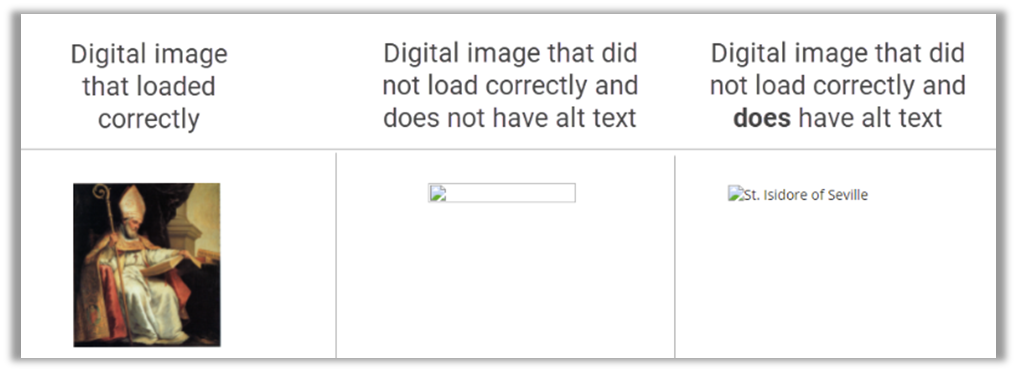
9. Internal Linking
Ever heard of the web within your website? That's what internal linking is all about!
It's similar to strategically embedding hidden pathways within your content that direct visitors to other noteworthy features on your site. In implementing this strategy, you're not only facilitating visitors in discovering more of your offerings but also signaling to search engines, "These pages excel in this topic!"
This elevates your SEO performance, augmenting the discoverability and user-friendliness of your site. Thus, let's seamlessly integrate internal links and streamline navigation across your site!
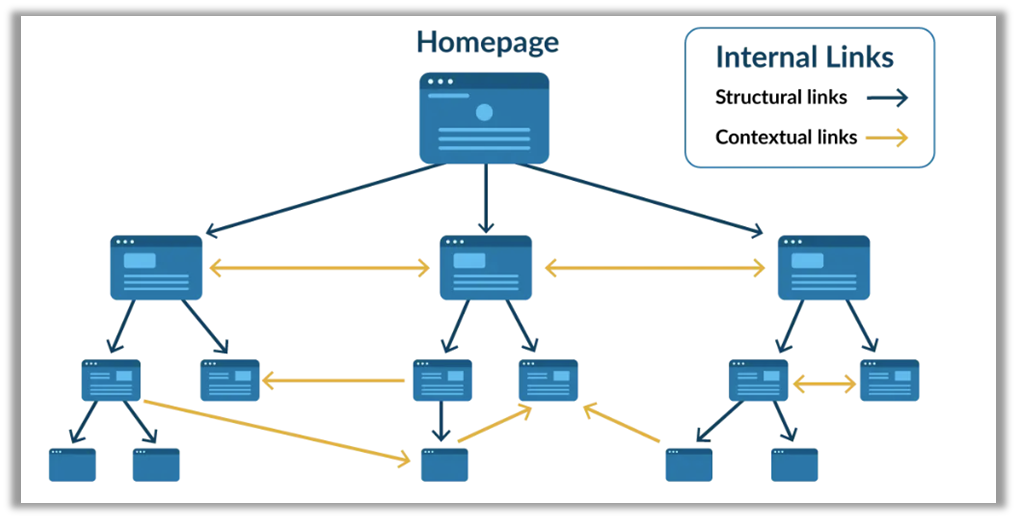
10. External Linking
External linking involves adding hyperlinks from your content to authoritative and relevant external websites, providing additional context and credibility to your own content. By citing reputable sources, you enhance the trustworthiness of your content and potentially improve search engine rankings through positive signals.
11. Mobile Optimization
Mobile optimization is a critical facet of on-page SEO, essential for enhancing user experience and maximizing website visibility across various devices.
Let us remember some key points here:
- Mobile Search is constantly rising,
- Mobile content determines the Google ranking,
- Mobile SEO improves sales,
- Mobile search affects voice search.
So, by ensuring that your website is responsive and functions seamlessly on mobile devices, you not only cater to the growing number of mobile users but also comply with search engine algorithms that prioritize mobile-friendly websites.
I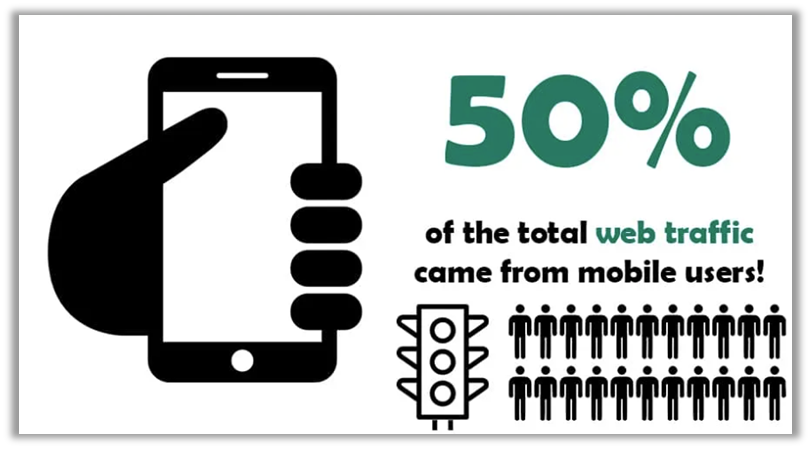
12. Page Loading Speed
In the fast-paced world of digital marketing, every second counts.
That's why page loading speed optimization is your secret weapon! By reducing load times, you're not only enhancing user satisfaction but also climbing the ranks in search engine results pages. It's a win-win situation for your website's performance and your marketing strategy.
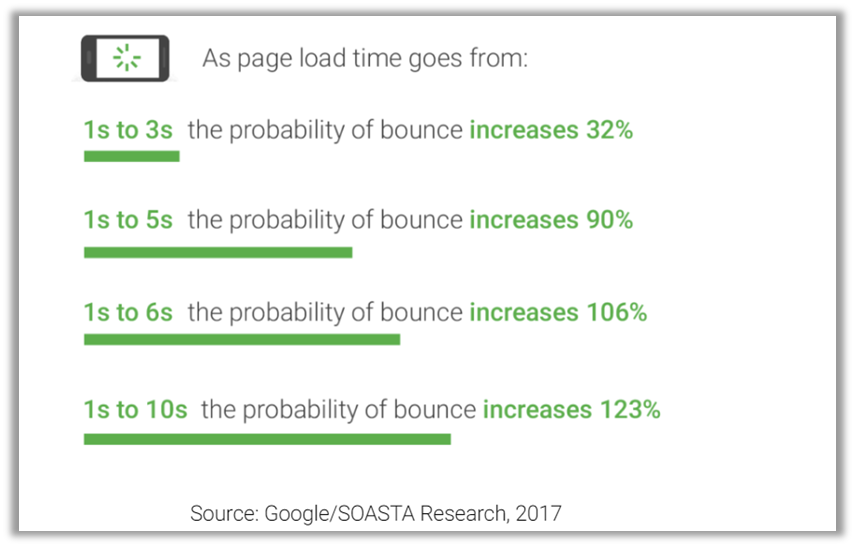
13. Schema Markup Implementation
Schema markup implementation involves adding structured data to your HTML code to provide additional context and information about the content on your web pages, helping search engines understand and display your content more effectively in search results.
The result? Your pages stand out in search results, enticing users to click and explore further. It's the ultimate SEO power move to skyrocket your click-through rates and dominate the digital landscape!
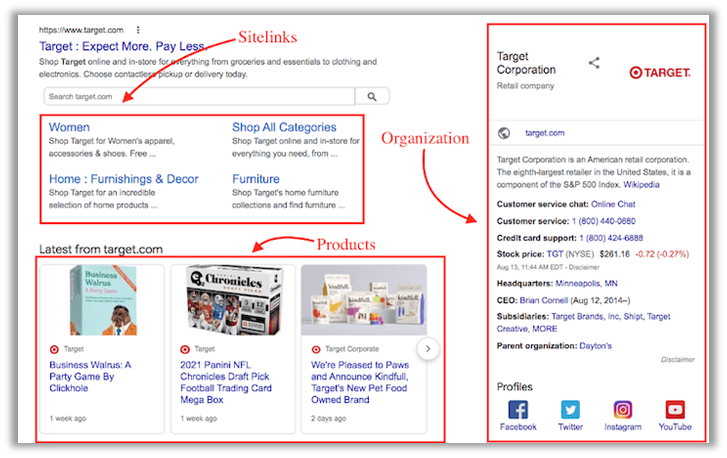
14. Social Media Integration
Social media integration plays a pivotal role in on-page SEO, serving as a catalyst for enhanced visibility, engagement, and credibility.
By seamlessly incorporating social media elements such as sharing buttons, embedded feeds, and profile links into your website, you not only facilitate easy content sharing but also amplify your online presence across various platforms.
This integration fosters a symbiotic relationship between your website and social channels, driving traffic, increasing brand awareness, and signaling to search engines the relevance and authority of your content.
Leveraging social media integration as part of your on-page SEO strategy enables you to harness the power of social signals, ultimately boosting your website's rankings and expanding its reach in search engine results pages, because search engines love it too!
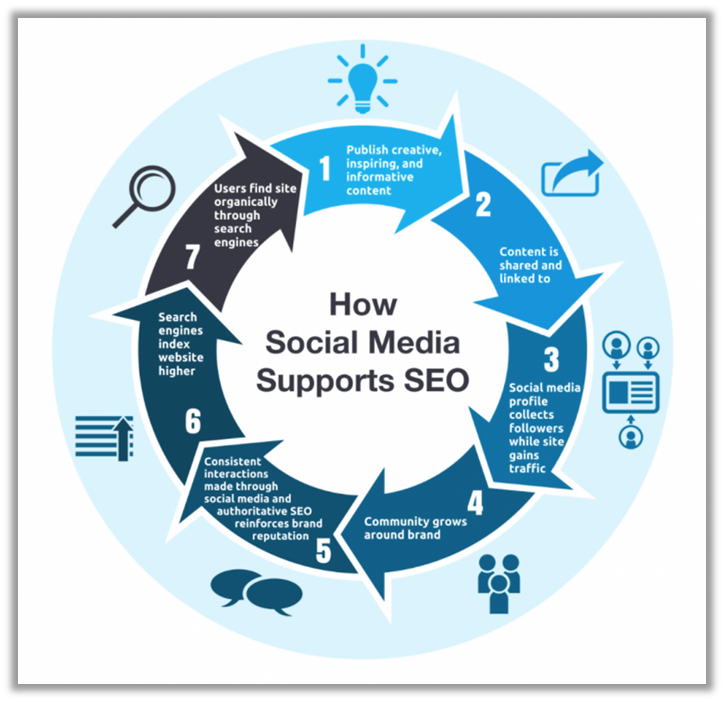
In essence, on-page optimization is the cornerstone of any successful SEO strategy. By meticulously fine-tuning elements such as keywords, meta tags, and content structure, you're not just catering to search engine algorithms; you're crafting an unparalleled user experience.
Every aspect of your webpage, from its loading speed to its mobile responsiveness, plays a pivotal role in determining its search visibility and user engagement. So, if you struggling with optimizing your pages with on-page SEO, NMQ Digital is here to help you with its diverse SEO services.
